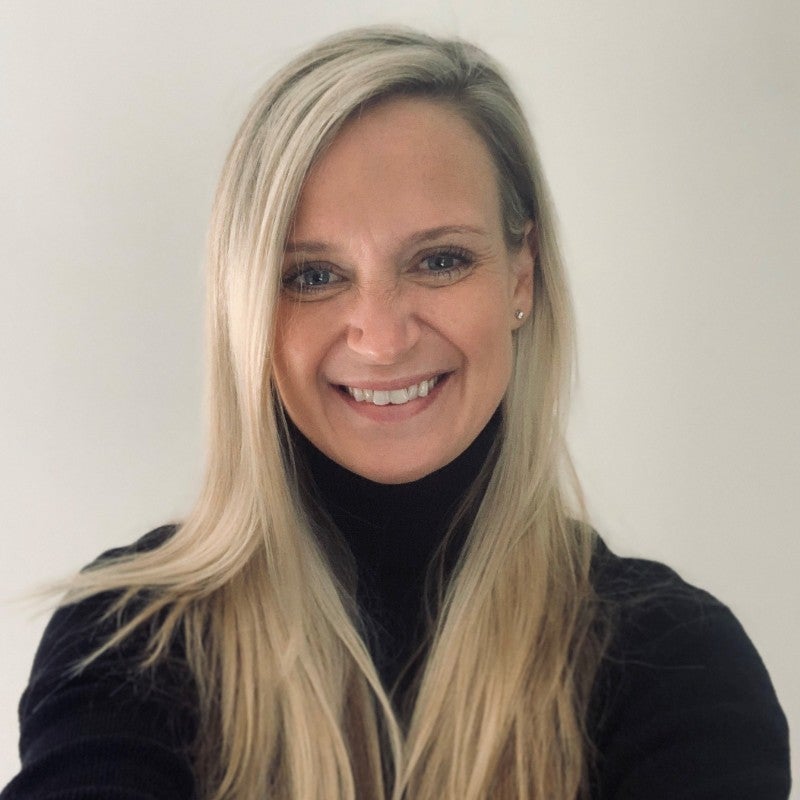Small-format and specialty stores will account for much of the growth in U.S. retail over the next three to five years as retailers cater to targeted audiences.
“Marketers have traditionally assumed that the best channel was ‘the big middle,’ the stores with the widest [consumer] appeal,” says John Rand, senior analyst with retail research consultancy Management Ventures, Inc. “But the formats that are growing most right now focus on a specific customer group.”
That holds important implications for packaged goods marketers’ promotion planning, product assortments, and package sizes, says Rand, who spoke about retail trends at PROMO Expo in October.
Grocers including Ahold, Kroger, and Publix are experimenting with small-box stores. Many retailers are experimenting with a variety of formats; for example, Kroger has 300 gas and convenience stores in addition to its supermarkets.
That will make it increasingly tough to market through retailers, since big retail companies keep consolidating operations at the same time they multiply formats. “It’s not possible for packaged goods to merchandise, market, and promote with retailers in a single fashion if they’re running multiple formats,” says Rand.
Over the next few years, growth will be in category-dominant retailers, supercenters (primarily Wal-Mart’s), club stores, and value discount stores, per Cambridge, MA-based Management Ventures. Recent growth for drugstore chains has been mostly in pharmaceuticals, which account for 60- to 65-percent of drugstore sales. C-store growth has come from acquisitions, not a real increase in sales, says Rand, adding that c-stores will change more than any other channel in the next three to five years.
Growing retail channels share six characteristics:
- Focus on a specific consumer group (often different from a brands’ target audience)
- Focus on shopping trips by occasion, not by consumer
- Increased focus on specific items (rather than complete categories) and quick turnaround for SKUs
- Dynamic merchandising that stresses quick rotation and change
- Pressure to cut acquisition costs (tough on gross margins)
- Unmeasured volume (no scanner data or cash register summary)
An astonishing $601 billion in packaged goods sales next year will go through unmeasured channels, including c-stores, convenience discount, 25-percent of grocers — and all of Wal-Mart, which stopped sharing scanner data last year (July 2001 PROMO). Not counting Wal-Mart, nearly 35 percent ($423 billion) of all CPG sales will be unmeasured, up from 34 percent ($364 billion) in 2001, says Rand. That means packaged goods marketers should “transition away from market share” as the measuring stick: “Look instead at profitable sales to define success and incent staffs,” Rand advises.
Products will churn more quickly as retailers rotate items to give shoppers novelty; for example, Costco only authorizes an item for six months, then replaces it to give shoppers “the treasure hunt,” says Rand. He suggests CPG marketers set an annual plan with each retailer because “he intends to sunset your items, and you don’t want a [marketing] strategy that doesn’t know that,” says Rand. Consider zero-based planning, and cannibalizing your own SKUs with new items just to keep the shelf space, he advises. Rand had six more suggestions for CPGs (see sidebar).
Marketers should tap brokers for strategy, not just transactions, and quit fighting with retailers. “Getting mad at a retailer who doesn’t execute your promotion is like getting mad at consumers who don’t redeem your coupons,” says Rand. Understand retailers’ own challenges, and you’ll go a long way to working better together.
How CPGs should change
Stop selling stuff to each other
Concentrate on selling to consumers. Understand consumers’ shopping patterns by trip occasion. The same consumer may shop an office supply store for home-office supplies in the afternoon, and back-to-school supplies in the evening. He’s the same consumer, but a different customer.
Go beyond measured market share
You can’t tell your true share anyway, because nearly 35 percent of all CPG sales go through unmeasured channels. Measure success by profitable sales instead.
Go beyond category management alone
Retailers home in on specific products to give shoppers a novel mix.
Go beyond gross margin
Make retailers a part of your corporate planning.
Rethink annual plans and old SKUs
Retailers’ penchant for new goods has shortened products’ shelf life. Use new products to keep your spot in the rotation.
Source: Management Ventures, Inc.



